10 Tips For Growing Kale in Pots or Containers
When it comes to cultivating kale in pots or containers, there are various factors to consider to ensure your leafy greens thrive. Whether you have limited garden space or simply prefer the convenience of container gardening, these 10 tips will help you grow robust and healthy kale plants that can rival any garden bed. Let’s dive into the world of container gardening for kale and unlock the secrets to success.
1. Choosing the Right Container
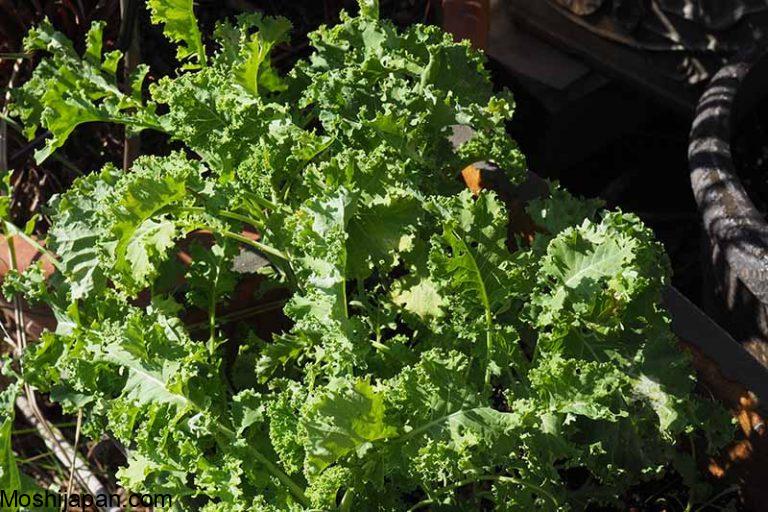
Selecting the appropriate container is the first step in successfully growing kale in pots. Opt for containers that are at least 12 inches deep and have a capacity of around 5 gallons. This provides ample space for kale roots to grow and prevents overcrowding.
2. Soil Selection
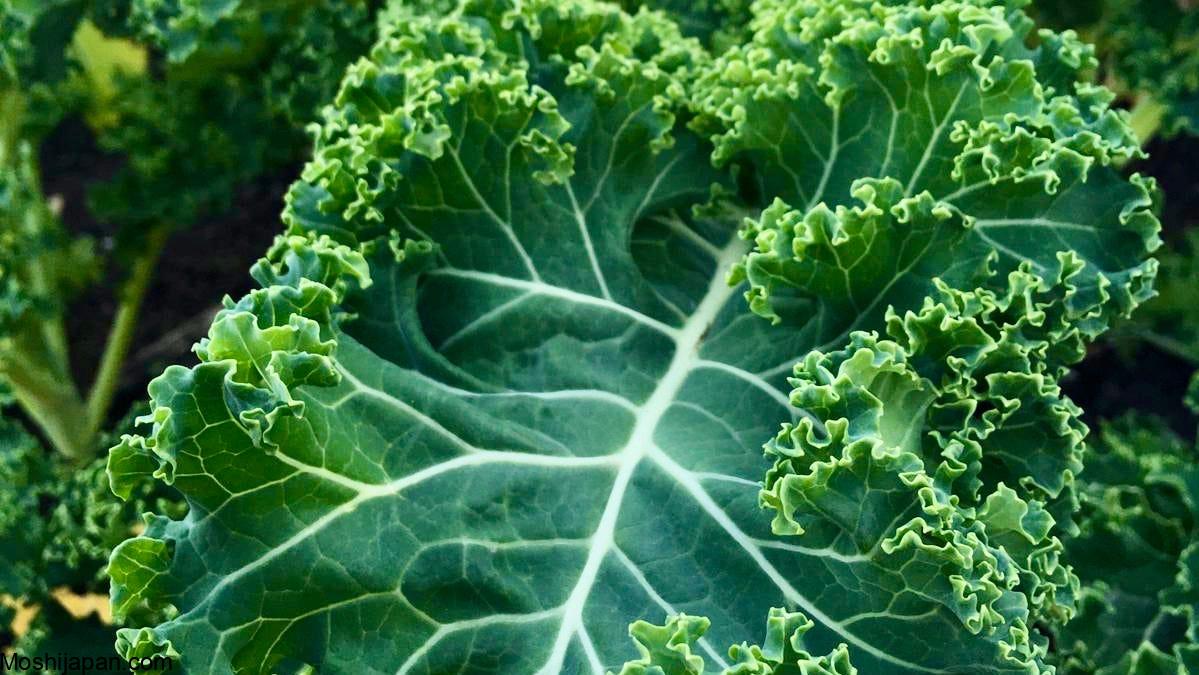
Kale thrives in well-draining, nutrient-rich soil. Use a high-quality potting mix that is designed for vegetables and contains organic matter. Avoid heavy garden soil, as it can lead to poor drainage and hinder root development.
3. Ideal Location
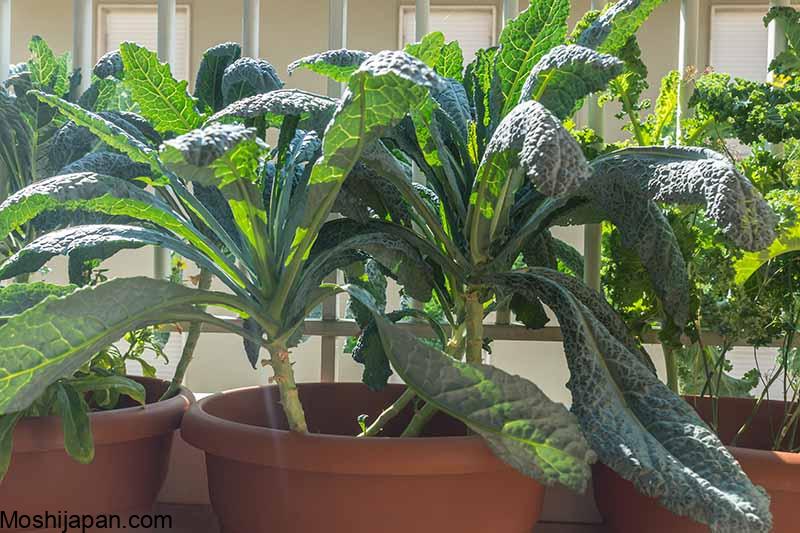
Kale enjoys partial to full sun, so choose a location that receives 6-8 hours of sunlight daily. If you’re in a hot climate, providing some afternoon shade can prevent the leaves from wilting.
4. Planting Kale Seeds
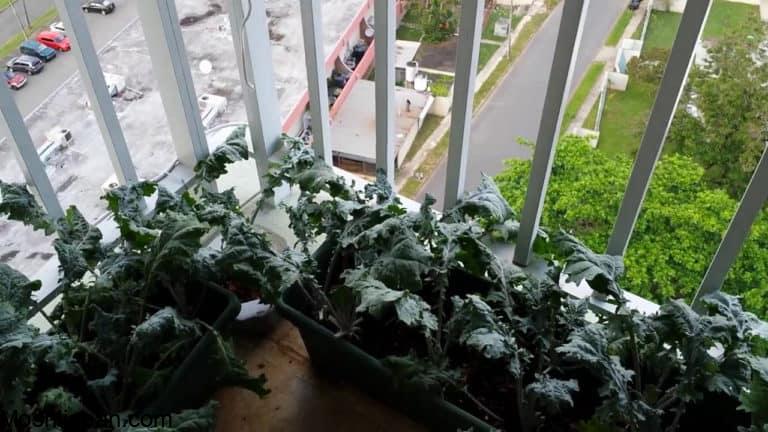
When planting kale from seeds, sow them about 1/4 inch deep in the potting mix. Ensure proper spacing between seeds, typically 3-4 inches apart, to allow for healthy growth.
5. Transplanting Kale Seedlings
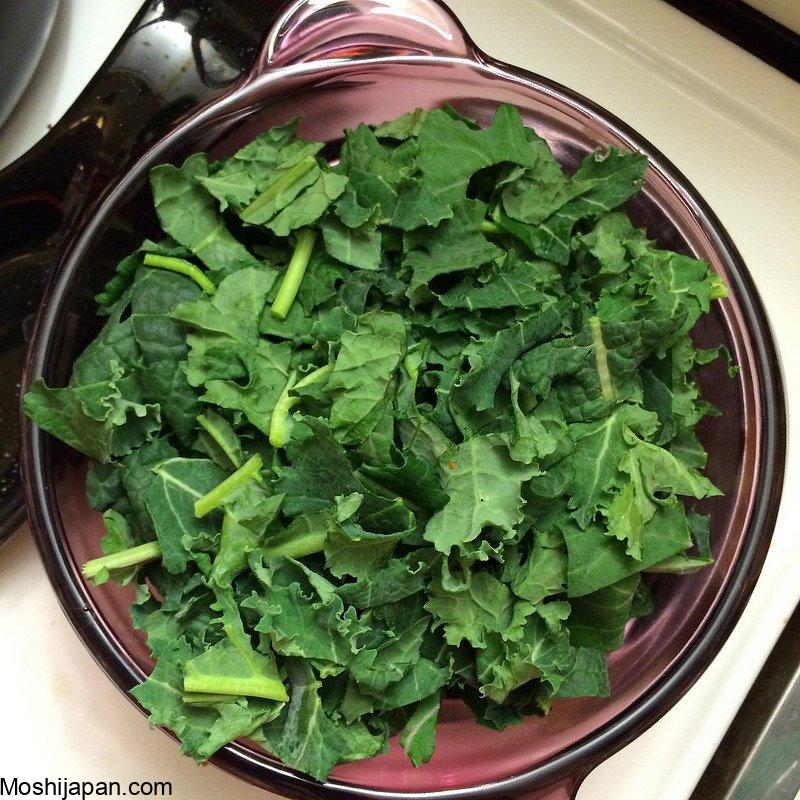
If you’re starting with seedlings, transplant them into your containers when they have at least two true leaves. Be gentle with the roots during the transplanting process to avoid damaging them.
6. Watering Schedule
Kale plants need consistent moisture, so keep the soil evenly moist but not waterlogged. Water in the morning to allow excess moisture to evaporate during the day, reducing the risk of diseases.
7. Fertilizing Kale
Feed your kale plants with a balanced, slow-release fertilizer every 4-6 weeks. Ensure that the fertilizer is specifically formulated for vegetables to provide the necessary nutrients.
8. Pest and Disease Management
Monitor your kale regularly for pests such as aphids and cabbage worms. Use natural remedies like neem oil or insecticidal soap to keep these intruders at bay. Additionally, practicing crop rotation can help prevent diseases common to kale.
9. Harvesting Kale
Kale leaves can be harvested when they reach a size of 6-8 inches. Always pick the outer leaves first, allowing the inner leaves to continue growing. This ensures a continuous supply of fresh kale.
10. Overwintering Kale
Kale is remarkably hardy and can survive light frosts. In cooler climates, consider protecting your potted kale with a frost cloth or bringing the containers indoors during severe cold spells.
Now that we’ve explored these 10 essential tips for growing kale in pots or containers, you’re well-equipped to embark on your container gardening journey with confidence. The lush, nutritious leaves of your homegrown kale are just a few steps away. Happy gardening!
FAQ for Growing Kale in Pots or Containers
Q: Can I use any type of pot to grow kale?
A: While you can use various containers, it’s best to choose pots that are at least 12 inches deep and have a capacity of around 5 gallons. This provides ample space for kale roots to thrive.
Q: How often should I water my potted kale?
A: Keep the soil consistently moist, watering in the morning to prevent waterlogging. The frequency may vary depending on your climate and the size of the container.
Q: When is the best time to harvest kale from pots?
A: Harvest kale when the leaves reach a size of 6-8 inches, starting with the outer leaves to promote continuous growth.
Q: What should I do to protect my potted kale in colder weather?
A: Kale is hardy and can withstand light frosts. In colder climates, consider using a frost cloth or bringing the containers indoors during severe cold spells to protect your kale plants.
Q: Are there any specific pests and diseases I should watch out for when growing kale in containers?
A: Keep an eye out for pests like aphids and cabbage worms. Utilize natural remedies such as neem oil or insecticidal soap to manage these intruders. Crop rotation can also help prevent common kale diseases.
Q: What type of soil should I use for growing kale in pots?
A: Use a high-quality potting mix designed for vegetables with good drainage and organic matter. Avoid heavy garden soil to ensure your kale plants receive the necessary nutrients.
Q: Can I grow kale from seeds in containers, or is it better to use seedlings?
A: You can grow kale from seeds in containers by sowing them about 1/4 inch deep in the potting mix. Alternatively, you can start with seedlings for a head start.
Q: How much sunlight does kale in pots need?
A: Kale thrives in partial to full sun, so aim for a location that receives 6-8 hours of sunlight per day. In hot climates, provide some afternoon shade to prevent wilting.
Q: What’s the best way to fertilize potted kale?
A: Use a balanced, slow-release fertilizer designed for vegetables every 4-6 weeks to provide the necessary nutrients for your kale plants.
tag
- chicken feed
- how to Keep Chickens Off Your Porch
- How to grow oyster mushrooms at home
- Growing Kale in Pots



0 Comments